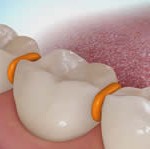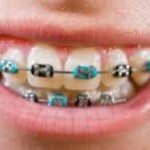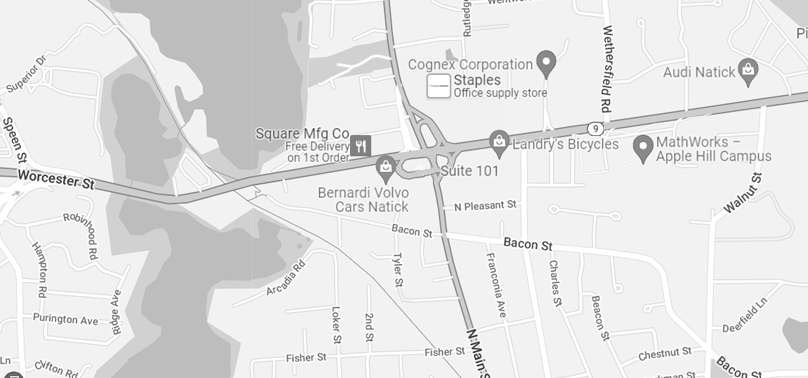Thinking About Orthodontic Treatment? Read This
October 15th, 2018
October is Orthodontic Health Month

We’re super excited over here at Lakewood Park Orthodontics for our favorite month of the year; October is Orthodontic Health Month! To us, orthodontics encompasses more than just putting brackets on teeth. Through orthodontics we bring confidence, health and joy to our patients. To help give someone the confidence to smile (a real, big smile) is irreplaceable. This confidence extends into our patients daily lives and enables them to feel comfortable with who they are. So yah, Orthodontic Health Month is a big deal around here ;)
There are many blog posts about the benefits of a straight, healthy smile (decreased risk of oral disease, tooth decay, injury, jaw problems, confidence…) this is not one of those posts. If you’re reading this blog you likely have already researched the benefits or orthodontic treatment and are considering starting treatment. Today, I want to help you break down any barriers that are keeping you from moving toward your goal of a healthy, straight smile. So let’s discuss some common barriers that patients face when deciding to start treatment.
- You don’t think you have time for appointments: It’s true, at the beginning of treatment, there is usually a longer appointment needed the day we put the braces on or get started with Invisalign. After the initial appointment you are usually in only every 6-8 weeks with braces and every 10 weeks with Invisalign. These appointments can easily be scheduled in advance in order to make sure they are convenient for your schedule. At Lakewood Park we also offer evening appointments on Tuesdays and Saturday morning appointments one Saturday a month. You are sure to find something that works with your schedule!
- You don’t like the way braces look: Technological advances in orthodontics have come so far! Now we have clear aligners (like Invisalign) and ceramic braces that are just as effective as regular metal braces but with the advantage of being barely noticeable. Many adults and teens are taking advantage of these new technologies.
- You think you are too old for braces: The number of adults pursuing orthodontic treatment is rising. In fact, it increased by 40% between 1989 and 2012. As of 2014 there were 1.4 million adults in orthodontic treatment and this number has likely risen. At Lakewood Park we have patients in there 40’s, 50’s, 60’s and 70’s! Adults are realizing the benefits of orthodontic treatment. A study conducted on behalf of the AAO found that 75% of adults who had orthodontic treatment reported improvements in career or personal relationships, which they attributed to their improved post-orthodontic smile. Citing their newfound self-confidence, 92% of survey respondents said they would recommend orthodontic treatment to other adults. Many of our adult patients were not motivated by the aesthetic benefits of treatment but for the health benefits that come along with a proper malocclusion (bite) like the ability to keep your teeth clean, prevent decay, recession and gum disease! (for them, a dazzling, straight smile is just an added bonus!) Whatever your reasons are for pursuing orthodontic treatment as an adult, know that you are in good company.
The benefits of orthodontic treatment are far reaching. Improving your smile can bring you a new found confidence that will last a lifetime (no matter what your age)! At Lakewood Park Orthodontics, we believe that the benefits of a healthy smile outweigh any of the barriers that might be holding you back.
What do you think? You’ve been considering it for long enough – it’s time to take the next step. Come in and ask your questions, confront your barriers and learn what treatment options are right for you at your free consultation. Call us at (508) 319 1545 or email us at smiles@lakwoodparkorthodontics.com
We hope to talk to you soon!









